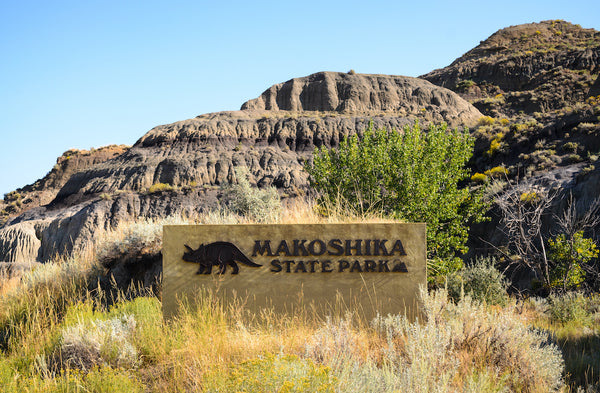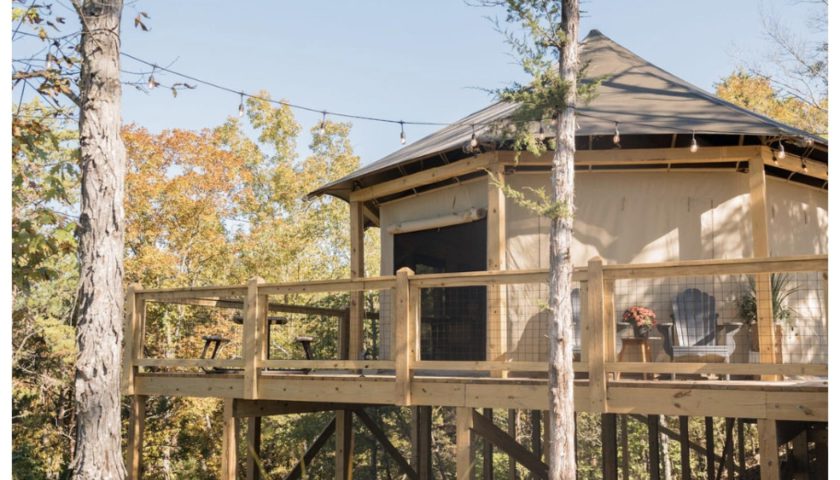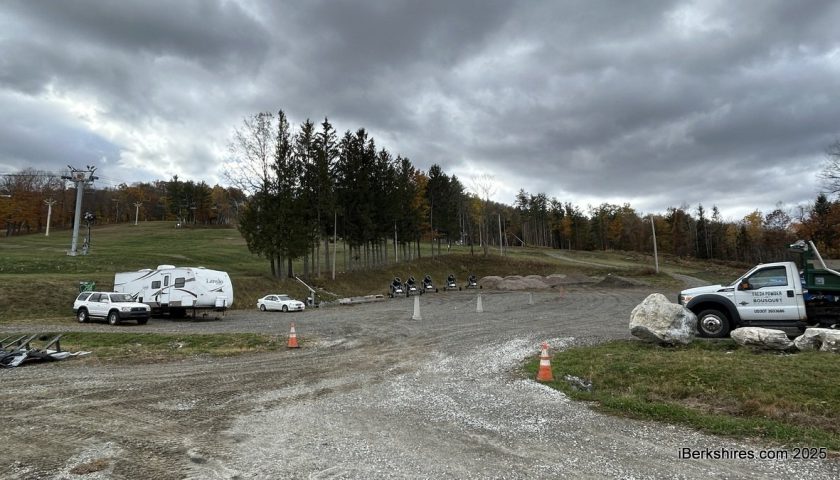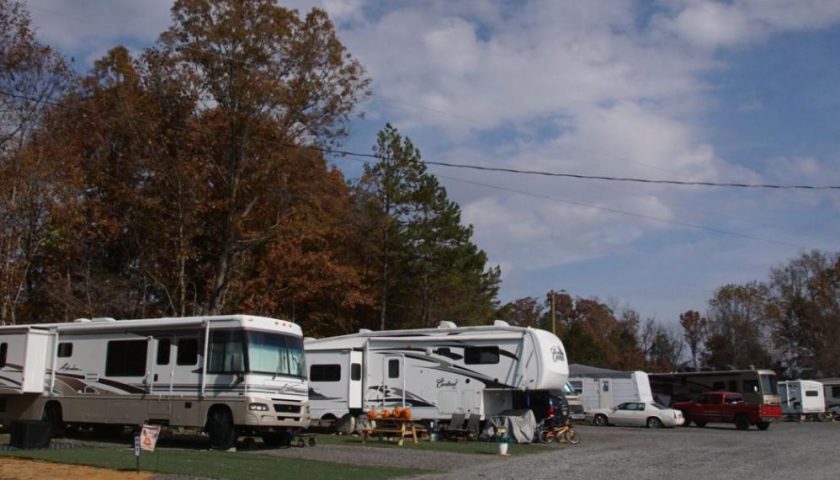
Employing a certified industrial hygienist while constructing an RV campground seems like it could raise a red flag or two. But that’s what the Department of Fish, Wildlife & Parks is proposing in its plans to add 16 RV sites with electric hookups on top of an old gun range at Makoshika State Park, just outside Glendive in eastern Montana.
An environmental assessment detailing how the estimated 1,750 cubic yards of lead-laced soils could be appropriately excavated, is combined with the park’s plans to also add four primitive hike/bike campsites, day-use facilities, a campsite for park hosts, latrines and a dinosaur-themed playground.
“The project design has not been finalized as we are currently accepting public comments which may alter the project,” said Brian Burky, Region 7 park manager, in an email last month. “That being said, the project concept is estimated to cost between $3.4 million and $4.4 million.”
Montana’s largest state park
Makoshika is a relatively big draw in a less frequently visited part of Montana. Between 2019 and 2023, the park averaged more than 112,000 visitors a year – peaking in 2021 before steadily declining.
“The park currently provides 19 tent camping sites and nine RV sites,” according to the assessment. “Much of the day use visitation is associated with hiking, picnicking and sightseeing. Non-resident visitation primarily occurs during the peak summer season of Memorial Day through Labor Day, while shoulder seasons see a greater percentage of local traffic. Campsites, especially RV sites, are typically full during peak season.”
Known for its rugged badland formations and dinosaur fossils excavated from the clay soils, it is the largest state park in Montana – more than 11,500 acres.
In the 1930s, the residents of Dawson County envisaged the area as Badlands National Park, but the National Park Service said the location was “not of national significance.” Still, the locals kept the land undeveloped and hoped.
Since 1953, when the state has donated the land to manage as a state park, several improvements have been added – including trails, a visitor center and outdoor amphitheatre, along with improvements to roads, the park’s archery range and the addition of two disc golf courses.
RV use growing across U.S.
The proposal for RV campsites was made because “RVs and camp trailers cannot travel to the (29) primitive campsites above the switchback because the road grade is too steep and large vehicles are not permitted,” the environmental assessment noted.
The park has also received “numerous visitor and local public comments” about increasing overnight visitation to the park, along with providing sites that offer electricity and water hookups.
About 8 million households own a recreational vehicle with one estimate doubling that figure in the next five years.
The ability to accommodate more RVs at Makoshika is also expected to generate greater revenue for the county.
“In fiscal year 2024, FWP paid over $6,500 in accommodation taxes to Dawson County for overnight stays at Makoshika State Park,” the assessment said. “This amount is expected to increase by about $5,100 per year after the Makoshika campground expansion project.”
Eastern Montana’s tourism industry has been boosting efforts to recruit visitors to the region as the western third of the state has become more crowded.
“Makoshika currently provides remarkable opportunities for residents and visitors alike to get outside and enjoy expansive views, solitude and the badlands of eastern Montana,” FWP wrote.
Touting its dark skies for star viewing, fossil dig sites and access to amenities like the Yellowstone River, tourism advocates have been helped by the state, which has invested in access sites to the Yellowstone River and upgrades to amenities for visitors, like campsites and boat launches.
Across Montana, visits to state parks have dropped a bit from record highs in 2021 and 2022 – years that saw more than 3.2 million visitors. In 2023, the last year for which numbers have been posted, 3.1 million people visited state parks.
With the exception of state parks surrounding Flathead Lake, the top-visited ones are in or next to the state’s largest communities, led by Giant Springs in Great Falls with more than half a million in 2023.
Getting the lead out
Makoshika’s former gun range, appropriately situated below Gunners Ridge, was chosen for an RV campground because it’s the only large enough flat area in the deeply incised badlands.
The site hasn’t been used as a shooting range since 2008, but lead from bullets fired at targets has built up over 40 years of intermittent use.
“The historic locations of the shooting shed, bench, and closest targets (pistol/shotgun) are within the footprint of the proposed campground expansion,” according to the environmental assessment. “The historic locations of rifle targets are outside of the proposed campground footprint. Also, importantly, there is no surface water present on the affected site to impact lead distribution in the affected area.”
Given concerns about lead dust contamination of the soil, FWP is making it a “top priority” to analyze and mitigate any “potential public health threats.”
“Under no circumstances would FWP approve the proposed project until the affected site has been adequately assessed and lead impacts mitigated to a level deemed safe for public use,” the assessment said.
A company with expertise in mitigation, HydroSolutions based in Great Falls, has already conducted site sampling.
“Initial laboratory analytical results from soil screening completed in July 2023 identified localized areas containing elevated concentrations of lead in soil (ranging from about 300 to 960 parts per million,” the assessment stated.
That led to a follow-up investigation which identified an area of about 37,500 square feet where 15 inches of soil would be removed to meet Environmental Protection Agency standards for 200 parts per million of lead.
Unfortunately, the soil will likely be classified as hazardous waste, requiring FWP to find a properly qualified landfill willing to accept the soil for disposal.
“Design and construction are projected to begin in 2025 with facilities open to the public in 2026.”
A copy of the environmental assessment can be found online at https://fwp.mt.gov/public-notices/news/2025/feb/makoshika-state-park-campground-expansion-draft-ea.
Source



